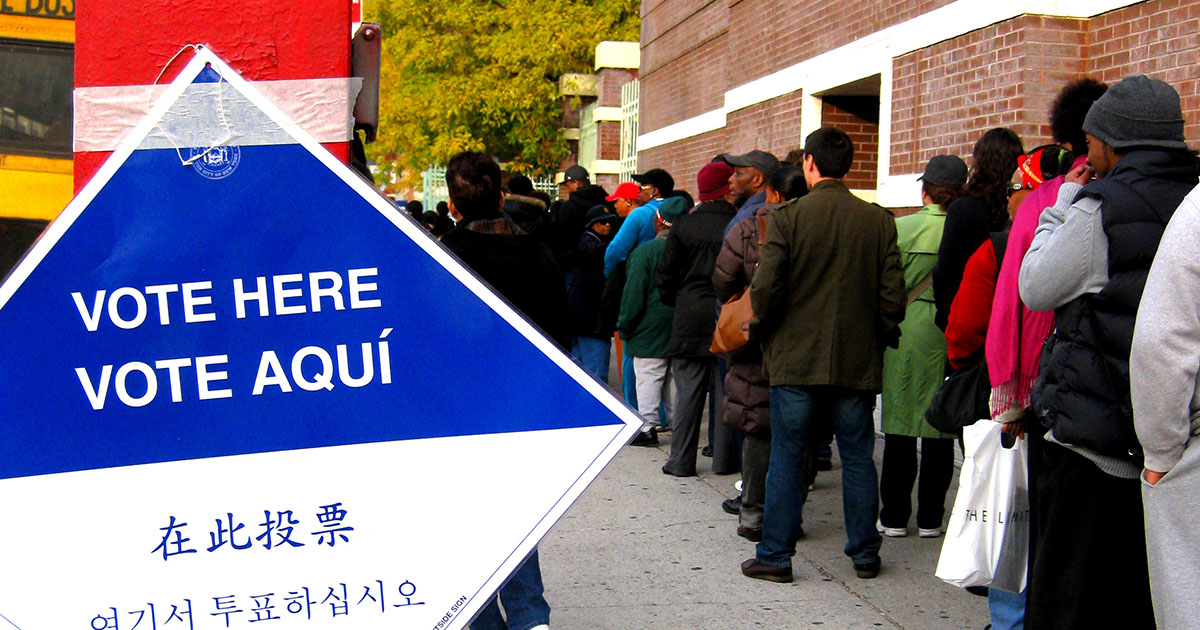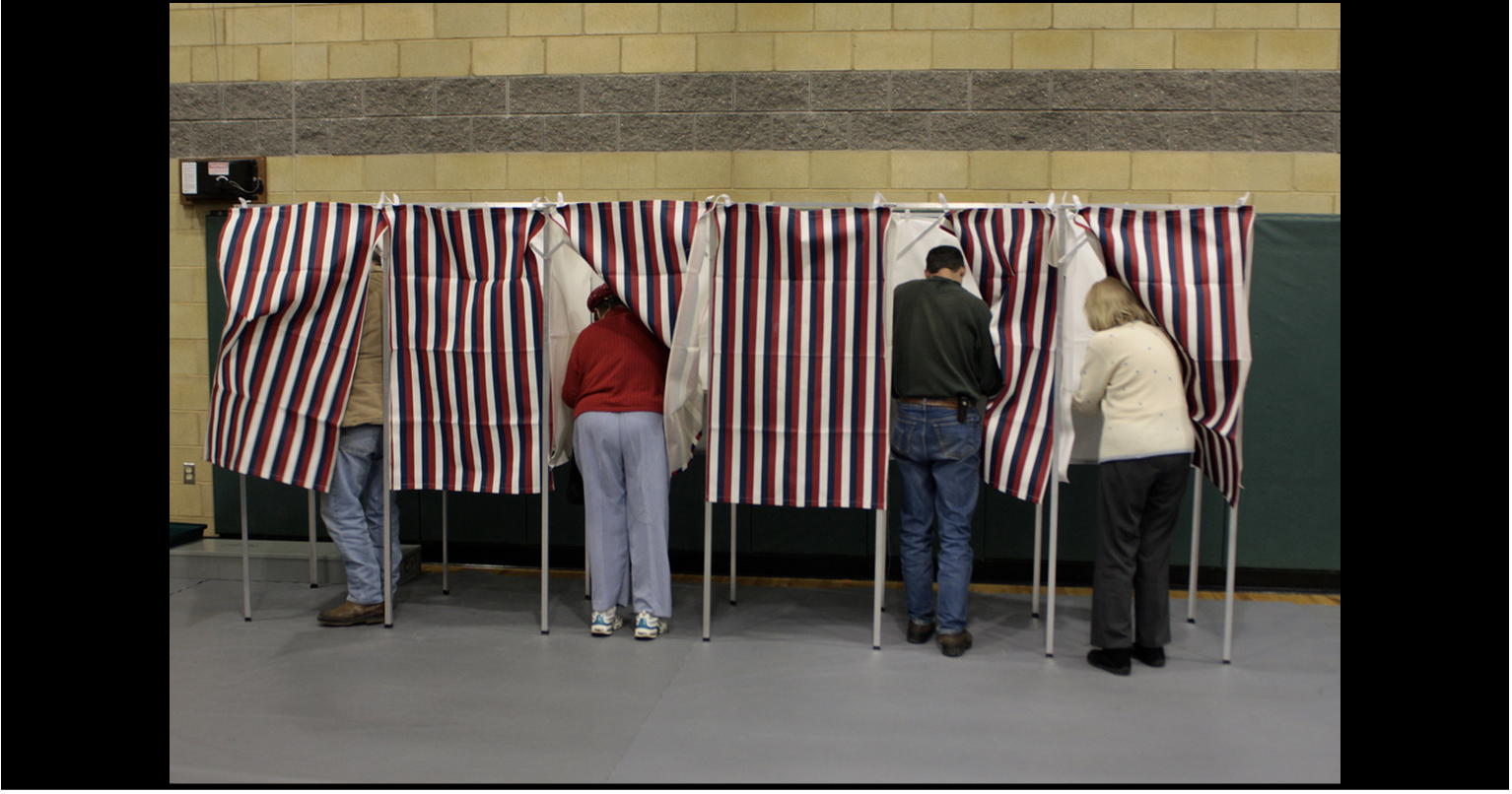North Carolina's Racially Biased Voting Districts Just Suffered Their Final Blow

By:
Voting rights advocates just scored a huge victory in North Carolina.
 Flickr - flickr.com
Flickr - flickr.com
On Monday, the Supreme Court upheld a lower court’s decision to scrap the state’s legislative districts, which advocates argued where drawn based on racial biases, or "gerrymandered."
In releasing an order with no dissents, the high court strongly affirmed that North Carolina’s GOP-controlled 2011 redistricting had packed black voters into areas where they were already demographically dominant and, in doing so, diluted their voting power in other districts. Because a new redistricting map had already been slated as a part of the lower court’s decision and completed in March, no new redistricting is required.
However, the lower court had also ordered that North Carolina’s legislature should undergo special elections by the end of this year to deal with the harms of a 2016 election tainted by constitutional violations. For now, this election doesn’t look like it’s going to happen.
The Supreme Court argued in their order that the lower court had not sufficiently considered “the severity and nature of the particular constitutional violation, the extent of the likely disruption to the ordinary processes of governance if early elections are imposed, and the need to act with proper judicial restraint when intruding on state sovereignty.”
.jpg?auto=format&crop=faces&fit=crop&q=60&w=736&ixlib=js-1.1.0) AP/John Minchillo - apimages.com
AP/John Minchillo - apimages.com
As some have pointed out, this doesn’t mean that North Carolina isn’t allowed to hold a special election in the fall. Rather, it means that the Supreme Court has offered a framework to consider when seeking special elections and does not think that the lower court’s original decision fully addressed it. This means that the court could in fact order a special election after weighing the aforementioned factors in a new decision.
Gerrymandering, the process of drawing a state’s district lines to give political advantage to one group over another, has been a part of U.S. democracy since at least 1810. While gerrymandering that uses race as a major factor has been ruled unconstitutional, the Supreme Court has failed to determine where to draw the line of partisan gerrymanders.
That could soon change.

In 2016, in a 2-to-1 decision in the case of Whitford v. Gill, a panel of federal judges ruled that Wisconsin Republicans had gerrymandered the state to diminish the voting power of Democrats in a way that was unconstitutional. Whitford v. Gill is now expected to go to the supreme court as early as this fall.
The key weapon that voting rights advocates have in the case is a new formula known as the Efficiency Gap, which calculates how much bias there is in a map against one party or another by using voter data. If the justices find that the Efficiency Gap is an effective tool for determining that gerrymandering has taken place, a decision could come down next year that sets redistricting precedent by essentially banning gerrymandering altogether.
There have been difficult issues to unravel when dealing with gerrymandering in the past, particularly how the highly predictive voting habits of some racial groups blur the line between racial and partisan gerrymandering. However, that hasn’t stopped the court from coming to decisions.
Last month, the Supreme Court threw out North Carolina’s congressional map because it believed that it was racially gerrymandered, despite Republican lawmakers in the state having stated that the map had been created only to disadvantage Democrats and not specifically black voters.
